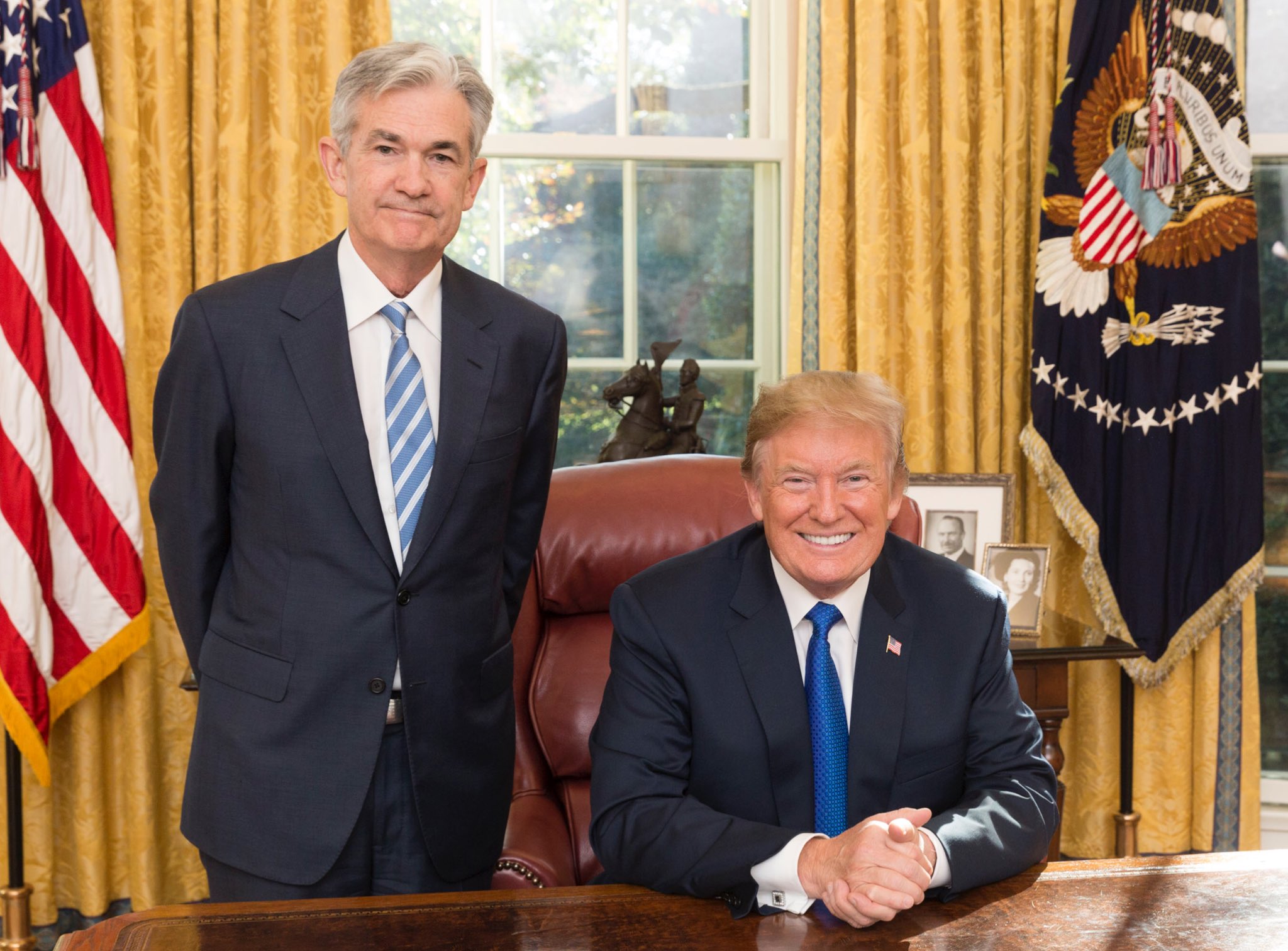Bank of America (BAC) posted impressive third-quarter results, its best in over a decade, driven largely by robust performances in trading and net interest income (NII). Amidst the Federal Reserve's strategy to counter inflation with elevated interest rates, the bank's stock-trading revenue surged by 10% to a notable $1.7 billion. This trading boon contributed to the bank’s net income, which witnessed a 10% growth, reaching $7.8 billion, or 90 cents a share—surpassing the 81-cent estimate by analysts.
NII, a crucial revenue stream for the bank, escalated by 4.5% to $14.4 billion, outstripping the anticipated 2.5% increase. CEO Brian Moynihan credited the growth to the acquisition of new clients across all business segments, notwithstanding the challenges of a decelerating economy. Recent results from other banking giants such as JPMorgan Chase & Co. (JPM), Wells Fargo (WFC), and Citigroup (C) also exceeded NII forecasts, although Bank of America remained steady with its fourth quarter NII projection at approximately $14 billion.
The bank's shares, based in Charlotte, North Carolina, elevated by 1.9% to $27.49 in New York trading. However, it's noteworthy that the stock has witnessed a 17% dip this year, though this is less severe than the 23% slump experienced by the KBW Bank Index. Expenses, particularly non-interest expenses, observed a 3.5% increase, reaching $15.8 billion. This uptick, propelled in part by persistent inflation, was marginally higher than the 3.3% analysts had predicted.
On Wall Street, Bank of America's investment banking division surpassed expectations across the board, registering $1.25 billion in total fees, inclusive of self-led ventures. Revenues from lending and advising on mergers and acquisitions also saw positive movement. However, lending balances, a crucial metric for investors, climbed to $1.049 trillion by the third quarter's end, marginally below the projected $1.053 trillion. This discrepancy highlights the lending challenges faced during the pandemic and the subsequent impact of rising interest rates on loan affordability.




